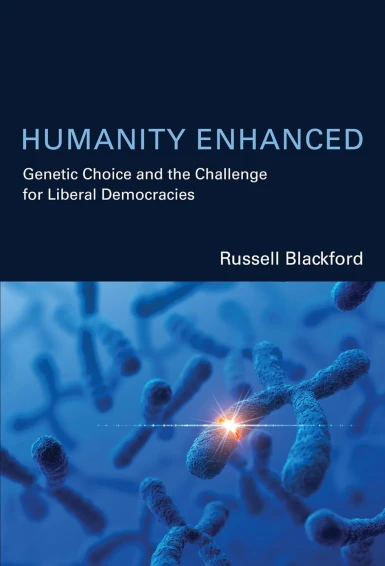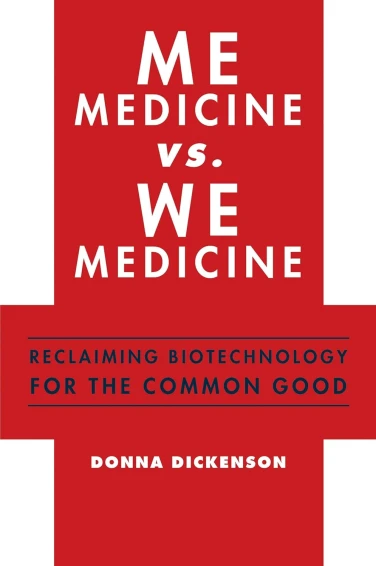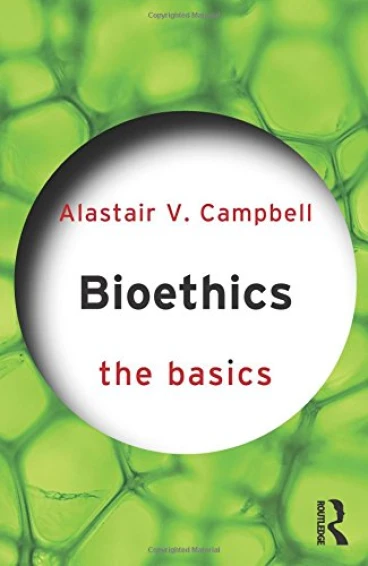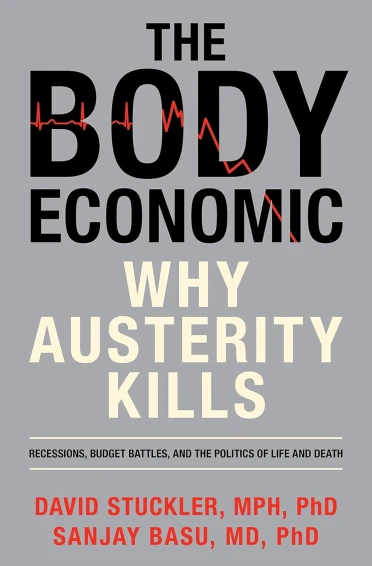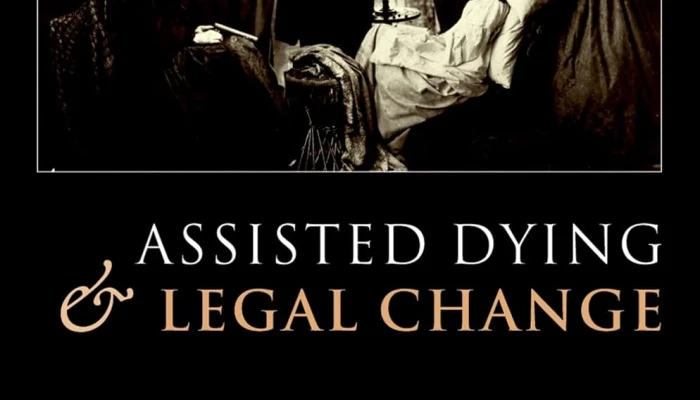
Penney Lewis
Oxford University Press
ISBN 978-0-19-921287-3
RRP: £50.00 (hardcover)
Defeated on its second reading in the House of Lords in May 2006 by a margin of 148 votes to 100, Lord Joffe’s Assisted Dying for the Terminally Ill Bill sought to legalise what it called “assisted dying”. An issue which sparked much debate over the need for such legislation, the House of Lords Select Committee report in response to the 2004 Bill helped to identify the significant issues and gaps in the evidence that need to be addressed before a decision whether or not to legalise assisted dying or voluntary euthanasia could safely be made. Given the extensive range of material on the issue of assisted dying and the ethical issues surrounding euthanasia, is Lewis’s new book “Assisted Dying and Legal Change” just another book on the subject or does it offer fresh perspectives to the discussion?
One of the traits of the book which mark it out as different from other publications on the subject is that it focuses exclusively on the many diverse approaches which can be adopted in the legalising of assisted dying. No discussion is given to the ethical issues involved or the other matters of whether or not assisted dying should be legalised or not. Instead the book’s prime focus is contrasting and comparing the routes various jurisdictions have taken in order to legalise assisted dying. This allows the book to be a useful and highly specialised contribution to the conversation whilst at the same time being a challenging read to those readers who are not familiar with reading legal texts. Nevertheless the book is a comprehensive and thoroughly researched book which works well both as a single text as well as a book to be ‘dipped into’ for reference purposes.
The book divides into six main chapters with an introduction which helps to set the scene, explains the author’s interpretation of various terms and offers some introductory remarks and comments on the legalisation debate generally. Chapters two and three address the issues of rights in assisted dying and their effects in providing a mechanism for legal change. In the first part of chapter two the author sets the context for the rights based debate over assisted dying in UK, Europe, Canada and the USA. Rights based arguments in favour of assisted dying are covered, including the right to liberty, autonomy, self determination and dignity. These are then contrasted with the arguments against which centre around the right to life and the right to equality or equal protection. The concluding part of chapter two then proceeds to look at the failures of cases based on challenges to constitutionally drawn rights to effect change in the four jurisdictions.
The third chapter addresses the implications of rights based approaches. How can such competing and seemingly irreconcilable claims detailed in the preceding chapter be resolved with any real sense of societal agreement? The author acknowledges that the initial response could be one of paralysis; there does not seem to be any way in which reconciliation of these claims can be made. With this in mind, Lewis engages in a critique which falls into two broad categories. The first addresses the arguments regarding the inadequacies associated with rights discourse when seeking to resolve complex social problems. Lewis conjectures that problems which arise in these circumstances include indeterminacy and absolutism. The second category questions the underlying assumptions of current rights discourses, namely the focus on individualism and autonomy, whilst raising concerns over the loss of “community orientated” language. Bringing this chapter to a close, Lewis argues that to abandon rights based discourse entirely would have a devastating impact on the historically oppressed and marginalised in society.
The case of the Netherlands is often associated with euthanasia. Whilst referred to throughout the book, in chapter four the author specifically focuses on the Dutch case and its defence of necessity as a mechanism for legal reform as opposed to the use of constitutionally entrenched rights. This is contrasted with the failure of other attempts at legalisation.
Turning to a contrasting jurisdiction in the fifth chapter, Lewis writes that whilst the main drivers for legal change regarding assisted dying have mainly concerned rights and duty based defence of necessity, France has held to the virtue of compassion. In 2000, the French National Bioethics Advisory Committee reversed its previous position and decided that euthanasia could be permissible in certain exceptional circumstances. It did not countenance a positive right to euthanasia, yet it did identify some cases in which palliative care and the rejection of futile and aggressive therapy would be inadequate to provide a tolerable end to life. In such case, the Committee suggested “human solidarity and compassion” and a “joint commitment” to face the inevitable should be allowed for an exceptional approach. It was acknowledged by the Committee that such a standpoint was based on “human solidarity” and compassion rather than any clear set of principles or logical analysis, the key advantage being that the direct focus is on the patient. Previously within the law, the focus has been on the role of compassion in judicial reasoning. The author proceeds to comment that compassion as a driver for legal change has no legal status in either common low or civilian legal systems. Therefore Lewis suggests it will probably have little influence in bringing about significant legal change.
Chapter six engages in a comparison of the mechanisms of legal change. To those readers who are not used to reading legal texts, this makes for a heavy read and a chapter which warrants careful processing and understanding. Three of the key proposals which Lewis presents in this chapter are as follows. First that regimes resulting from necessity or compassion as mechanisms of legal change are not restricted to cases of an autonomous request but will include termination of life without request where necessary to relieve suffering. Secondly, regimes resulting from rights as the mechanism of legal change require a competent request unless the relevant jurisdiction allows proxies to exercise right on behalf of the incompetent individuals in which case it would be difficult to rule out the possibility of dispensing with the requirements of a competent request. Thirdly – and based on the distinction drawn between these two mechanisms – she argues that a suffering requirement will always be maintained in connection with the necessity of compassion mechanism, whereas these need not be the case in connection with the rights mechanism.
In the final chapter, the author pays attention to one of the most common arguments used in association with assisted dying and euthanasia. Bioethicists and others involved in the topic of assisted dying often debate whether or not permissive legal change will bring about normalization which in turn would lead to the abuse and exploitation of the sick, elderly and vulnerable – essentially the slippery slope argument. In this last chapter Lewis focuses on the idea that legalisation will inevitably result in the acceptance of non-voluntary euthanasia. In so doing, she refers to the significance of these arguments in cases where legal attempts have failed. However the conclusions that the reader is supposed to gain from this are unclear and confusing, causing some doubt to arise as to what precisely Lewis wants to say. What is clear is Lewis view that the slippery slope argument, whether logical or empirical, often makes distinctly unhelpful contributions to debates over legalisation, something which many who are involved in such discussion will concur.
That the author has engaged in a methodical and detailed survey of the legal literature concerning this topic is beyond doubt, demonstrated throughout as well as in the very useful bibliography at the end of the book. However, at certain points the reader may encounter some confusion over the precise point being made by the author. As such the material could be better integrated and expanded upon in order to convey the author’s message more clearly. This would also make the analysis more complete and easier to follow in places, particularly in chapter five.
This in turn leads to the issue of contextualisation. As has already been stated, the book focuses exclusively on the issue of assisted dying from the legal perspective. However, by focusing solely on the various mechanisms which may bring about legal reform in this area, the questions of what benefits assisted dying can really bring to human life and how assisted dying can be implemented are not really answered. It is rather like taking a part a Mecanno structure in order to analyse each part of it but forgetting the reason why it existed in the first place, the book offers a well researched analysis of legal mechanisms whilst failing to connect it to the wider context. A solution to this may have been to close the book by linking the analysis to the context of Lord Joffe’s Assisted Dying for the Terminally Ill Bill and considering how future public policy may develop. Alternatively, whilst respecting the conclusion of the author that each jurisdiction must formulate its own response using a legal apparatus that is specific to the community as opposed to one that is merely replicated from another country, a summary or manifesto of proposed criteria that the author considers worthy of consideration in shaping such an apparatus, given her study in this area, would have been useful.




